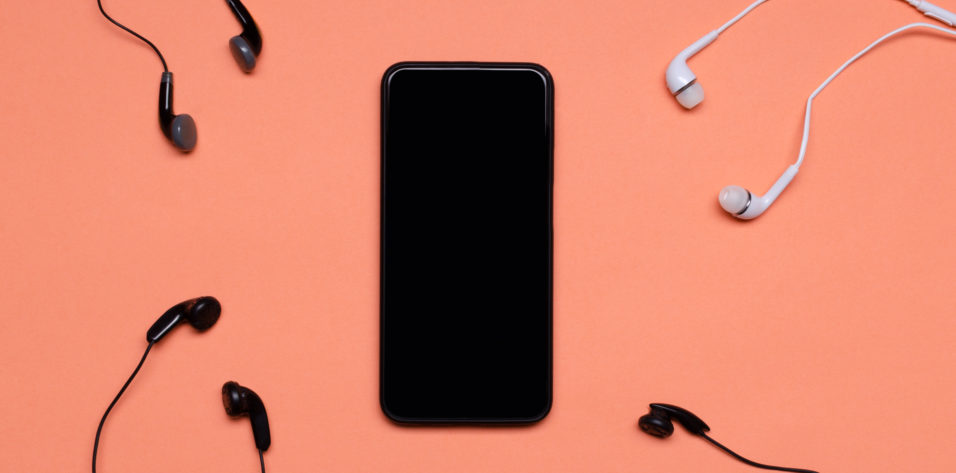Exposing medical students to ophthalmology and its thought leaders is challenging at best and, in some regards, can seem nearly impossible. At most institutions, ophthalmology is not a required portion of the clinical curriculum. Add in a global pandemic, and the opportunities for medical students to obtain valuable experience and mentorship in the field become scarcer.
In an effort to bridge the gaps between medical students, residents, fellows, and practicing ophthalmologists, alternative avenues have been opened. Platforms such as YoungMD Connect (YMDC) expertly position trainees face to face with ophthalmic leaders in a completely new way. With a core mission to provide mentorship and education that may not be acquired through traditional training, YMDC hosts multiple virtual sessions each month that invariably fill up not long after registration opens. The positive response and turnout, especially among medical students, suggest that there is a strong appetite for mentorship and connection.
Social media platforms such as Twitter, Facebook, Instagram, and TikTok are used heavily by ophthalmologists. To name a few successful ophthalmologist users, Dr. Glaucomflecken (@DGlaucomflecken) has more than 258,000 followers on Twitter; Dagny Zhu, MD (@dzeyemd), has more than 53,600 followers on Instagram; Andrea Tooley, MD (@dr.andreatooley), has more than 49,000 followers on Instagram; and Brian Shafer, MD (@ShaferEyeMD), has more than 96,000 followers on TikTok. As these numbers continue to rise, the ability for ophthalmic leaders to reach a broad audience, including medical students, grows. Furthermore, because the COVID-19 pandemic precluded in-person residency interviews, many residency programs launched institution-specific Twitter and Instagram accounts to share information about their programs with prospective applicants.
A NEW PLATFORM ENTERS THE SCENE
Spring of 2020 gave rise to a new social media app called Clubhouse, an invitation-only, audio-based platform that allows people to connect with others across the globe. Early on, the app had just a few thousand users, mostly Silicon Valley tech workers and venture capitalists who wanted to connect with one another during the pandemic. Today, the number of users is in the millions, ranging from high-profile celebrities like Elon Musk and Mark Zuckerberg to everyday people.
So, how does Clubhouse work? Users enter the platform and join a specific room. Rooms are divided into two groups: the speakers and the audience. Participants can see a list of everyone in the room, and audiences can grow into the thousands by having speakers and audience members use the ping function to invite friends into rooms (Figure). A moderator oversees discussions and has the ability to elevate audience members to the stage, where they can speak or remove disrespectful speakers. When the moderators all leave the room, the conversation officially ends. A big difference between Clubhouse and other social media platforms is that the discussions are not recorded; what happens in a Clubhouse room stays in a Clubhouse room.
Within the Clubhouse app, users can create clubs focused on a topic of their choice. Currently, Eye Care Connect is the largest ophthalmology club, with a combined 1,500 members and followers. Within this club, numerous sessions are held. For example, Equinox Presents was a limited series hosted by Dr. Shafer, Bindu Manne, and Gary Berman. Each expert-led segment focuses on a specific topic, such as forming a niche with Ed Holland, MD; taking an idea to market with John Berdahl, MD; social media in medicine with Dr. Zhu and Vicki Chan, MD; and space medicine with astronaut Tim Kopra. What is so valuable in sessions like these is the ability for audience members to engage with such influential leaders. How often does a medical student have the opportunity to speak directly to Dr. Holland?
Eye Tea is the second-largest ophthalmology club, with a combined 1,800 members and followers. With a focus on evolving technologies and current topics in vision, Eye Tea has invited several prominent figures in ophthalmology to speak, including National Eye Institute Director Michael F. Chiang, MD; Uday Degvan, MD; and Thomas Oetting, MD. Both Eye Tea and Eye Care Connect provide valuable opportunities for medical students to interact with leaders in the field.
BENEFITS FOR PHYSICIAN TRAINEES
There are a number of advantages to using Clubhouse. The audio chat room is like a live, interactive, unfiltered podcast where the boundary between presenter and listener is blurred. Small rooms have an intimate feel and enable audience members to connect with the speakers, some of whom may be leaders in their field. Clubhouse allows listeners to obtain access to expert knowledge that might normally be out of reach. Although the thought of being a speaker may be anxiety-provoking for the passive listener, there are many opportunities to practice speaking on the platform.
Studies have demonstrated that medical students suffer from a lack of exposure to ophthalmology in their training.1-2 Whereas most social media platforms focus on the presentation of visual content, Clubhouse promotes direct verbal interaction between trainees and experts. This avenue can be especially helpful for medical students without a home institution program or international medical graduates who do not have the opportunity to build relationships with faculty. In fact, there have even been rooms hosted by recently matched fourth-year medical students to help provide insight to future medical school applicants.
CONCLUSION
Clubhouse has provided a novel opportunity for medical students interested in ophthalmology. The app allows students to network just as easily with leaders in the field as with one another. Clubhouse emerged at a time of widespread social isolation, when personal connection was limited. Time will tell whether the appetite for virtual connection persists after society returns to normal. In the meantime, for students looking for connections, mentorship, collegiality, and pearls of wisdom: Come join the conversation!
1. Moxon NR, Goyal A, Giaconi JA, et al. The state of ophthalmology medical student education in the United States: an update. Ophthalmology. 2020;127(11):1451-1453. doi:10.1016/j.ophtha.2020.05.001
2. Quillen DA, Harper RA, Haik BG. Medical student education in ophthalmology: crisis and opportunity. Ophthalmology. 2005; 112(11):1867-1868. doi:10.1016/j.ophtha.2005.05.005




